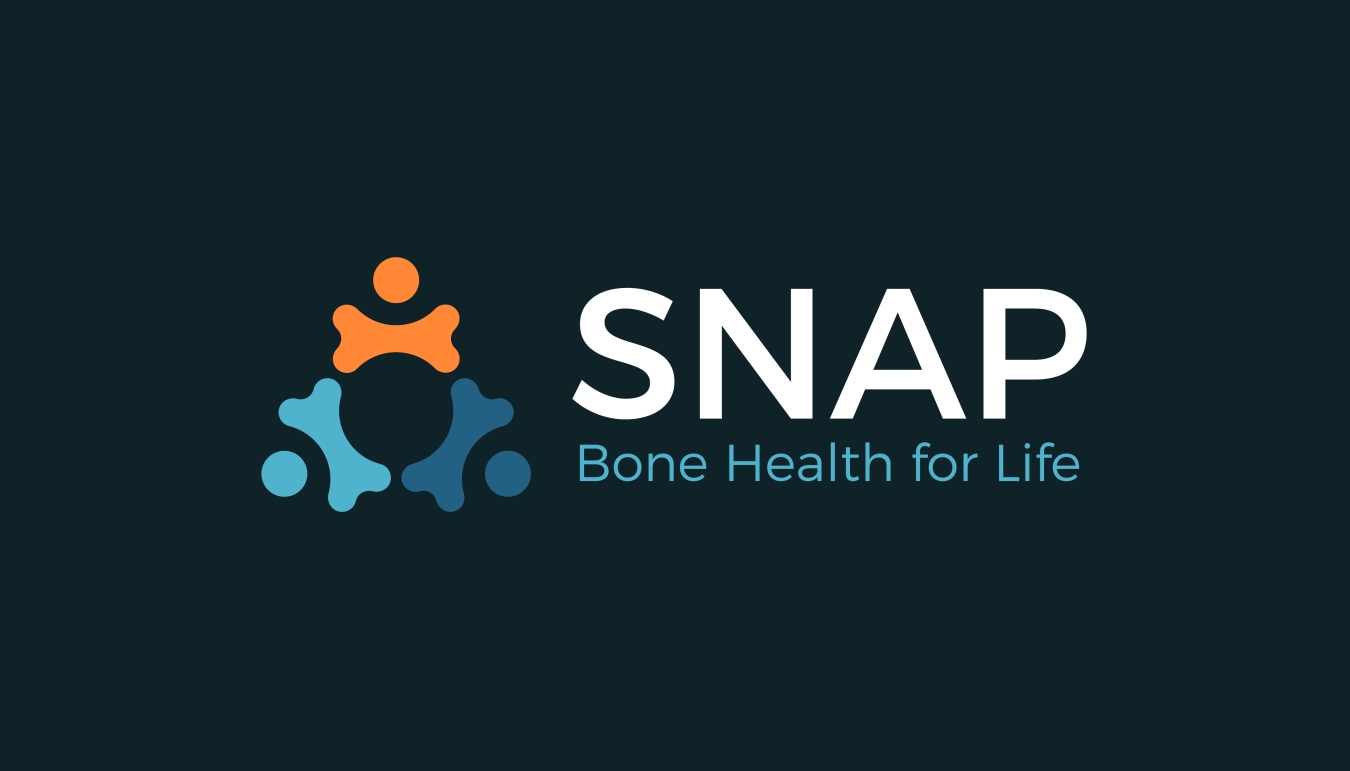The ABCs of Bone Health: Understanding Bone Structure and Density
- byAdmin
- 27 August, 2024
- 20 Mins

The skeletal system, often underappreciated for the many roles it plays, is much more than a mere framework for our physical existence. It provides protection to vital organs, supports movements of the muscular system, acts as a reservoir for important minerals, produces blood cells, stores energy and aids in hormonal regulation.
The bones are dynamic structures, living, breathing and continually changing throughout our lives. To have a better understanding of the many life-sustaining roles our bones play, it is important to first understand their structure and composition.
Bone Structure: A Remarkable Specimen of Bioengineering
Bone structure can be broadly categorized into two main types: compact bone and spongy bone, each having a distinct structure.
- Compact Bone: It is the outer layer of a bone, also called the cortex. It is dense, hard, and sturdy, providing protection to inner structures. It forms 80% of adult bone mass and provides the majority of the strength required to support our body weight during various activities.1 Imagine the smooth, white surface of an animal bone; that is compact bone.
- Spongy Bone: The inside of a bone that appears porous and somewhat like a sponge is spongy bone, also called trabecular or cancellous bone. It forms the remaining 20% of bone mass and comprises a network of tubular structures.1 Although it's lighter and less dense than compact bone, it is still sturdy and plays a crucial role in performing many bodily functions including the production of blood cells and storing minerals.
This combination of compact and spongy bone enables the skeleton to be remarkably strong yet relatively light.
Bone Components
Beyond the observing capabilities of the naked eye, the bones are an intricate combination of living cells, proteins and non-living mineral salts.
- The Living Cells
There are three major types of cells found in the bones responsible for their maintenance and remodelling.2- Osteoblasts are responsible for regenerating and repairing bone. They produce a protein mixture called osteoid that deposits minerals and becomes hardened to shape the final bone we see.
- Osteocytes are mineralized and hardened osteoblasts that no longer produce the protein mixture but remain embedded in the bone and perform certain other functions related to metabolism.
- Osteoclasts are specialized cells that dissolve old bone in a process called resorption. This function is crucial to remodel injured bones while maintaining important blood and nerve connections.
- Bone Marrow
Bone marrow is found in the inner, spongy bone. It is involved in the production of blood cells including2- Red blood cells, the transporters of oxygen to cells
- White blood cells, crucial components of the immune system
- Platelets, required for blood clotting after an injury
- Extracellular Matrix
Bones are essentially living cells nestled within a strong and slightly flexible structure called extracellular matrix. It is composed of collagen (a protein), hydroxyapatite (calcium phosphate salt) and other mineral salts providing strength and resistance against compression. Collagen keeps our bones from easily stretching too much, and hydroxyapatite makes them tough and resistant.3
The Dynamic Nature of Bones
Bones are not static; they are metabolically active structures undergoing continuous remodelling throughout our lives. This remodeling process involves osteoclasts that break down bone, and osteoblasts that build new bone. This balance ensures that damaged or weakened areas are removed and replaced, maintaining the strength and integrity of the skeletal system.4
Bones are not static; they are metabolically active structures undergoing continuous remodelling throughout our lives. This remodeling process involves osteoclasts that break down bone, and osteoblasts that build new bone.
Understanding Bone Density
Bone Mineral Density (BMD) refers to the amount of bone tissue within a certain volume of bone. High bone density implies stronger bones, while low bone density means weaker bones, potentially leading to conditions like osteoporosis. Maintaining bone density is important as it accounts for 60% of bone strength.5 Several factors influence bone density, including genetics, diet, physical activity, and hormonal levels.6,7
- Genetics: Our genetic makeup substantially influences our peak bone mass (the highest bone density attained during life) and the rate at which we lose bone as we age.
- Diet: Adequate calcium and vitamin D intake is paramount for bone health as calcium provides the basic building blocks for bone formation, while vitamin D facilitates calcium absorption in the gut.
- Physical Activity: Weight-bearing exercises, such as walking and weightlifting, enhance bone density by stimulating the bone-forming cells, and osteoblasts.
- Hormones: Hormones, like estrogen and testosterone, play pivotal roles in maintaining bone density. Imbalances, especially during menopause, can accelerate bone loss.
Measuring Bone Density
To measure bone density, a dual-energy x-ray absorptiometry (DEXA) scan is most commonly used. It is a super-specialized X-ray that measures how much calcium and other important minerals are packed into the bones. It offers a quick and painless way to check the strength of your bones, all you need to do is lie on your back and allow the scanner to do its work.
Conclusion
By understanding the structure and function of the skeletal system, we can take better care of our bone health since it is tied to our overall well-being.
Mindful lifestyle choices such as engaging in regular physical activity, ensuring a diet rich in calcium and vitamin D, and understanding our individual risk factors, we arm ourselves with proactive strategies to shield our bones from conditions like osteoporosis and fractures. By nurturing our bone health, we pave the way towards an active, vibrant lifestyle even into our old age.


